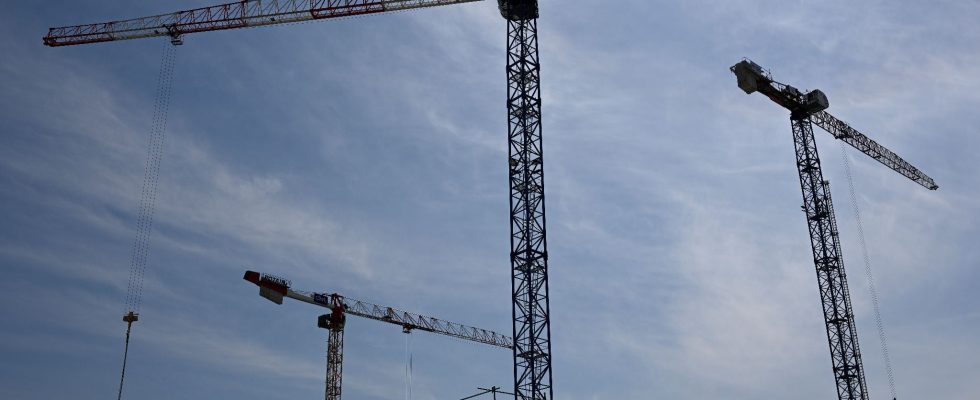At least 70 countries have committed, this Friday, March 8, to review and adapt the ways of constructing buildings in order to curb global warming, while protecting buildings from increasing hazards, announced the UN and the French government. .
The environment or construction ministers of the signatory countries – including the United States and Saudi Arabia, but not China – adopted a “Chaillot declaration”, named after the palace in Paris in which it was finalized during the first “World Buildings and Climate Forum” organized by the United Nations environment agency and the French government.
Standards, real estate financing, materials, energy… The aim is to decarbonize the building industry, which emits a lot of greenhouse gases responsible for the rise in global temperatures. It is also about making buildings more resilient in the face of storms, floods and heatwaves which are increasing, particularly in the most vulnerable countries of the South.
For the first time, all of the planet’s builders, architects, engineers, design offices, materials and construction manufacturers, diplomats and international donors were gathered together since Thursday around the climate issue. It’s urgent. Construction is a sector “where global greenhouse gas emissions continue to increase” and which “is not on track to achieve decarbonization by 2050”, nor to comply with the Paris on climate adopted in 2015, the declaration said. However, the UN predicts a doubling of the surface area built by 2060 in the world as well as a near doubling of the consumption of raw materials, the majority of which would be allocated to construction.
21% of global greenhouse gas emissions
Currently, the sector is responsible for 21% of global greenhouse gas emissions, and 37% of energy-related CO2 emissions. It also represents 34% of energy demand and captures half of global raw material consumption, according to the statement.
Furthermore, 100 billion tonnes of construction waste are generated by demolitions and renovations each year, most of which is not reused, and 35% of which ends up in landfills. By 2060, the doubling of built-up areas is expected to add more than 230 billion built square meters. In Africa, they could triple, and even quadruple in rapidly urbanizing countries, the document indicates.
In 2021, if 40% of countries (79 out of 196) had an energy code, only 26% had mandatory construction standards, the document highlights. Among the commitments made by the participants is the priority given to renovation over new construction to minimize the use of non-renewable resources and maximize energy efficiency. It will be necessary to save water and energy, reduce air conditioning installations as much as possible by favoring air circulation inside buildings, but also develop the training of the workforce to carry out this mammoth task.
